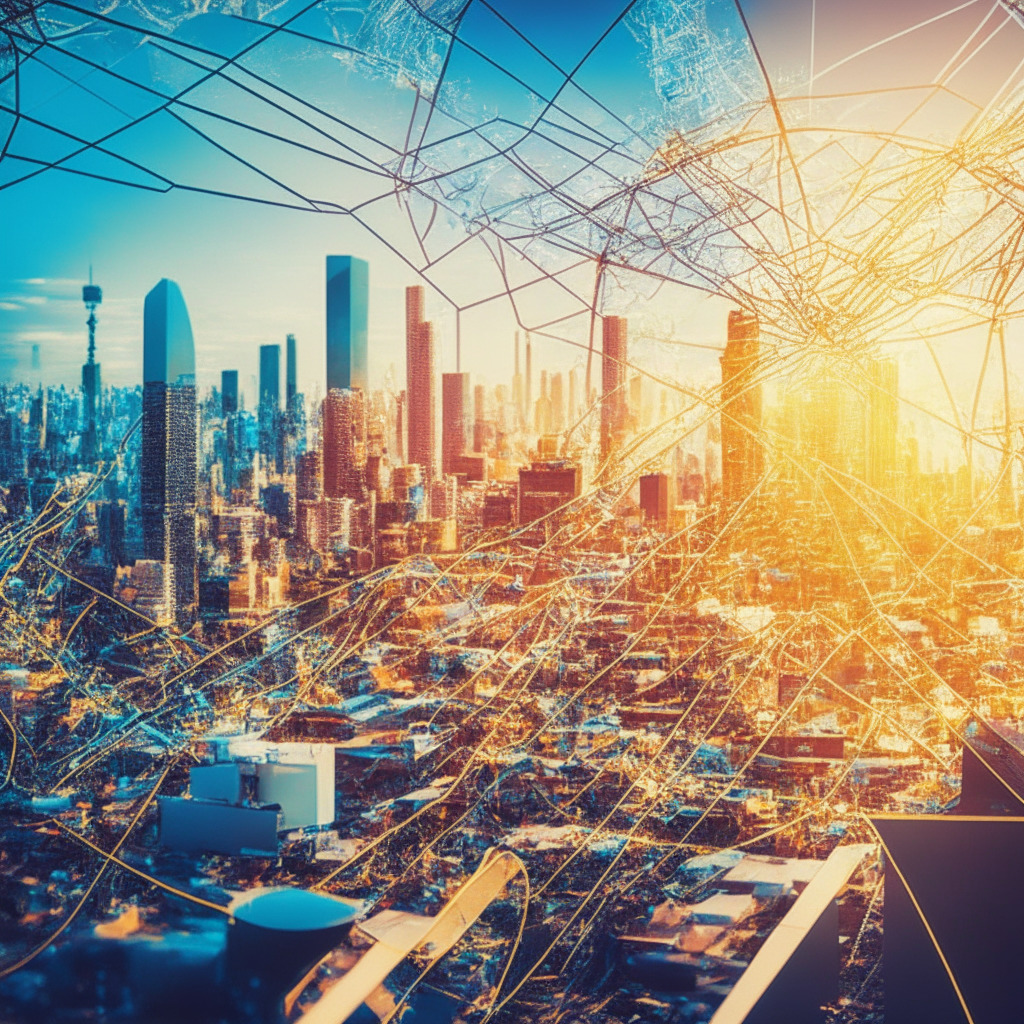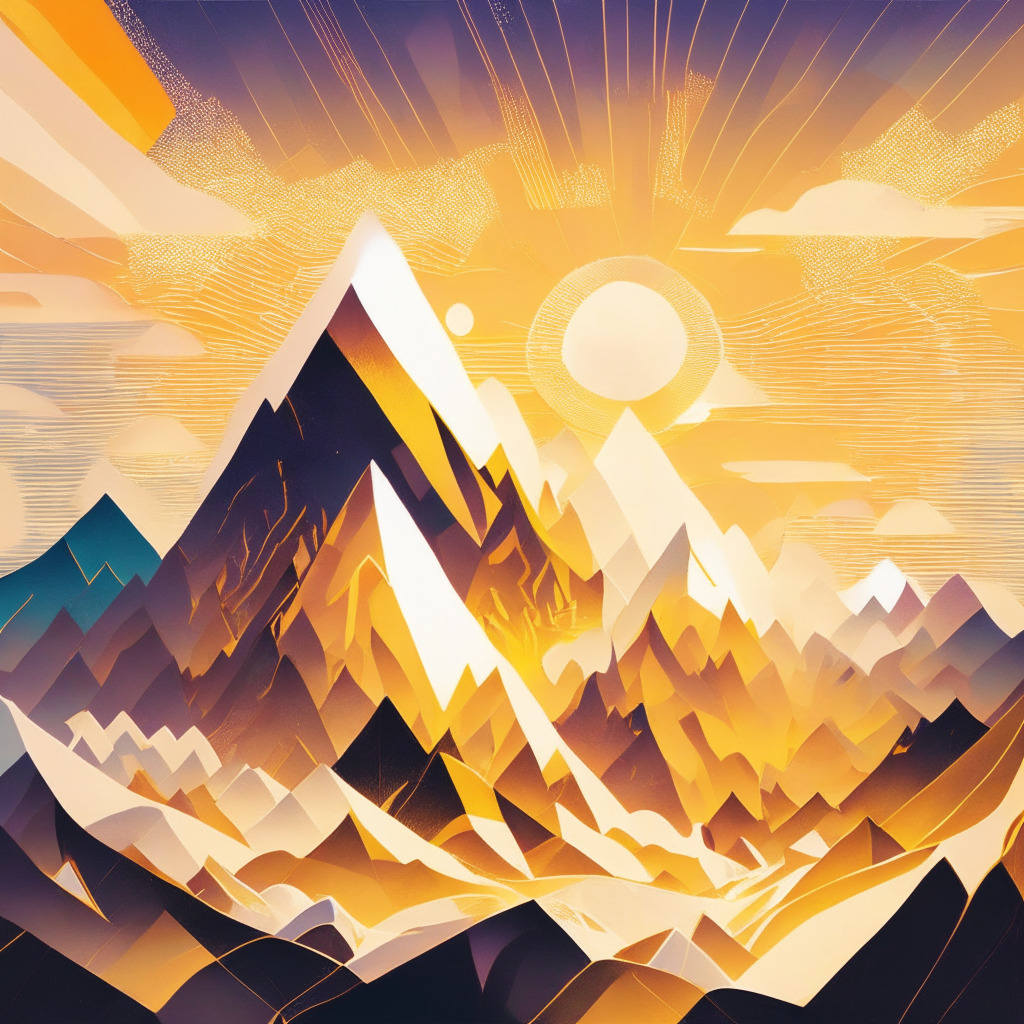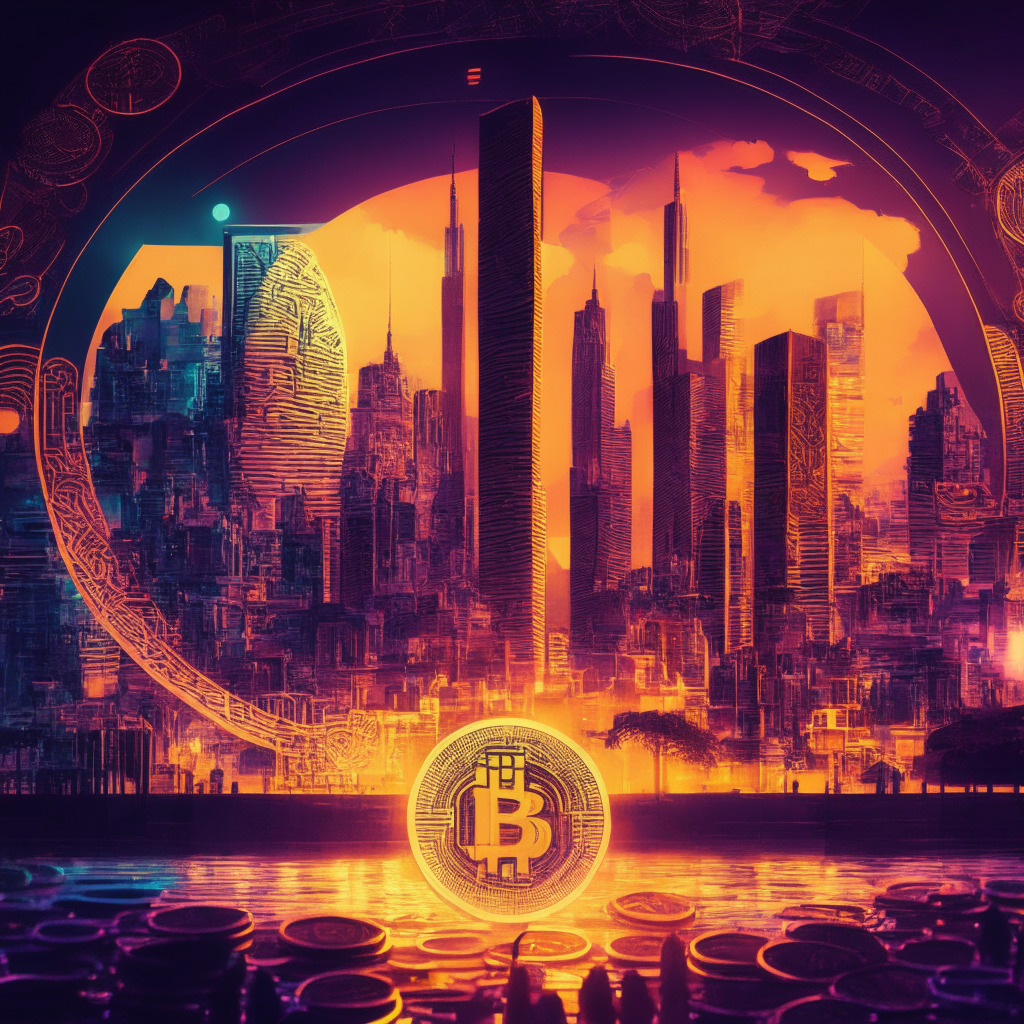With the fast-paced evolution of technology and the digital world, today we shift our focus to digital art and its collaboration with artificial intelligence (AI). The innovative work of noted Los Angeles-based NFT artist, Ellie Pritts, is a perfect illustration.
Pritts, known for her distinctive style and creative expertise, has been generating traction in the NFT scene. With the integration of blockchain technology, Pritts found a medium to monetize her once therapeutic video art. Her innovative approach utilises AI, embracing her difficult medical diagnosis of a neurological disorder. As traditional tools became inaccessible, AI stepped in, becoming a defining player in the art-making process, giving rise to a whole new breed of artists.
AI’s involvement in Pritts work is not subtle. Her first exhibit at Bitforms Gallery in NYC, dubbed “In the Screen I am Everything”, features animations birthed from her dream journals via AI interpretation, dreaming up visual themes recurring in her subconscious. These animations then ran through vintage video hardware, introducing a glitch-effect.
While the infusion of AI in art production might enthrall the tech-savvy and forward-thinking, it’s important to shed light on the potential backlash from the art purist who might argue that artwork produced by AI lacks the emotional depth and craftsmanship of traditional artwork. Additionally, this evolution opens up questions about copyright and originality should AI-produced artwork resemble prior human-created pieces.
The undeniable truth is, AI has made art more accessible. Pritts’ digital journey transcended limitations of her neurologic condition, allowing her to express herself via a novel medium. The process, according to Pritts, is like stepping into the unfamiliar without knowing the outcome – a leap of faith much like conventional art-making.
Pritts’ revolutionary approach inadvertently highlights a potential future where blockchain and AI take center stage in the art space, challenging age-old practices. Conversely, the question lingers – at what cost does this technological advancement come? Would the fusion of AI and art detract from the human element or merely amplify it in ways we’ve yet to fully comprehend?
Whether we embrace this evolution, remain passive observers, or vehemently oppose it, the saga of Ellie Pritts expertly exemplifies the paradoxical nature of advancements in AI and blockchain in the realm of art, posing more questions than answers on the future of creativity. Art will continue evolving, and so will our interpretations and acceptance of these changes. The doorway to the future, it seems, keeps opening wider.
Source: Cointelegraph




